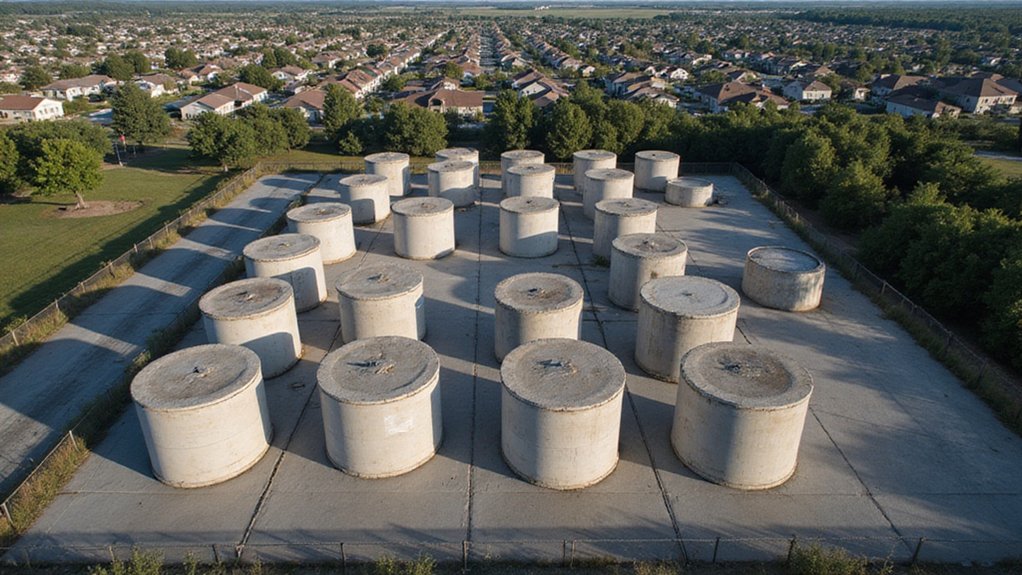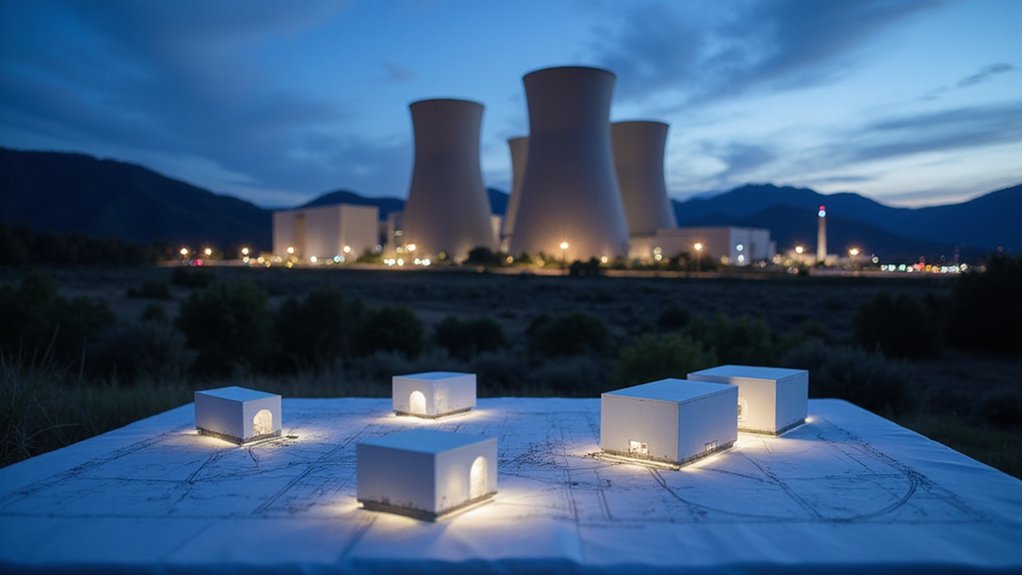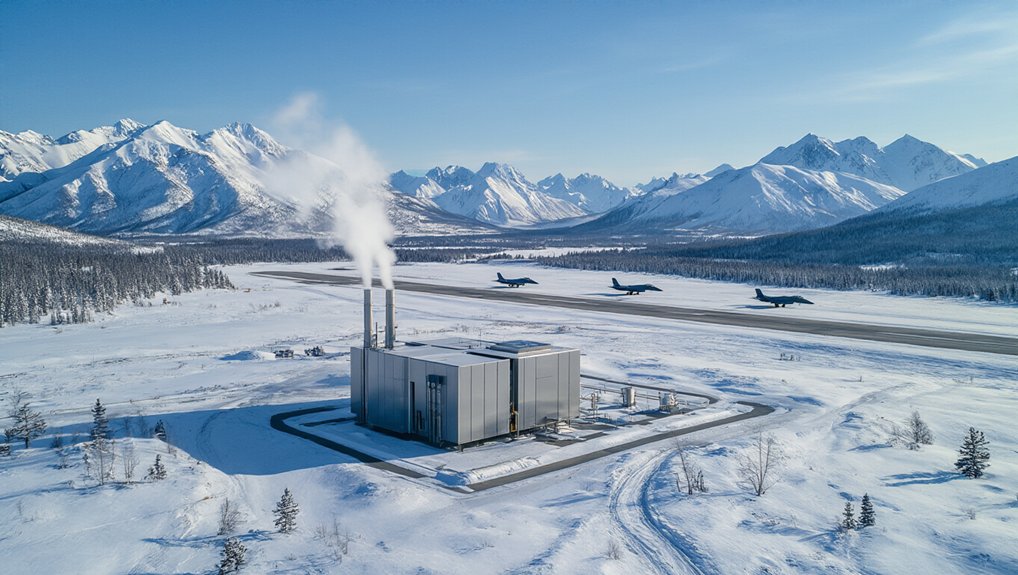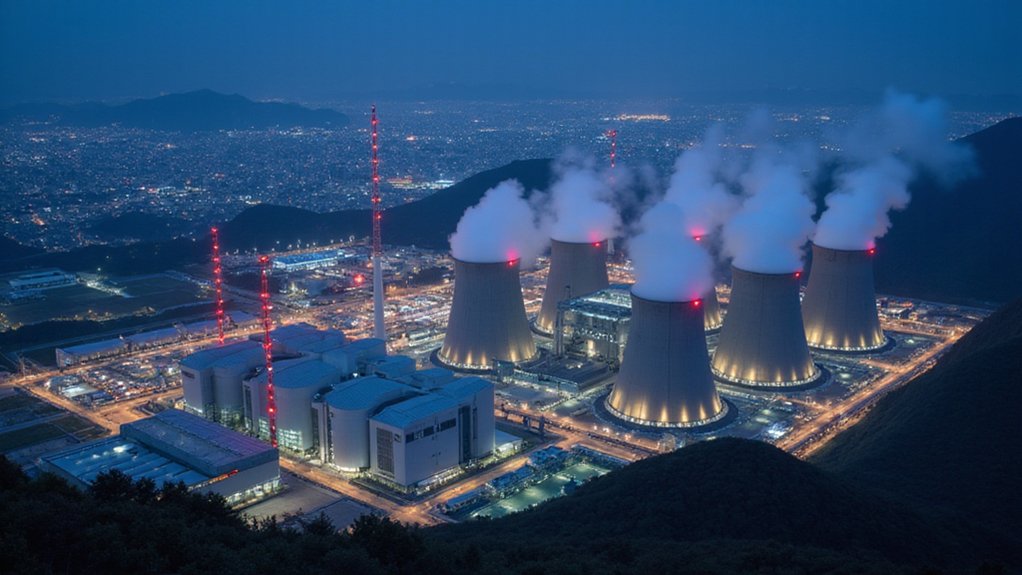After declaring a national energy emergency in January 2025, President Trump moved quickly to reshape America’s nuclear power industry. He signed an Executive Order on May 23, 2025, directing major changes at the Nuclear Regulatory Commission. The reforms set strict deadlines: 18 months for building new reactors and 12 months for keeping existing ones running.
The order targets what Trump’s administration calls outdated rules that have slowed nuclear development. It requires the NRC to finish new regulations within 18 months. These changes will reduce America’s need for foreign nuclear technology and make it easier to build reactors.
Small modular reactors are getting special attention. The reforms create a fast-track approval process for reactor designs already tested by the Defense or Energy departments. Companies can now use standardized applications for modular reactors. The administration also wants high-volume licensing for tiny microreactors.
Trump made key appointments to carry out these reforms. Christopher Wright was nominated as Energy Secretary in January 2025. David Wright will chair the Nuclear Regulatory Commission. Preston Griffith became Under Secretary of Energy, while Brandon Williams took the role of Under Secretary for Nuclear Security. Ingrid Kolb serves as Acting Energy Secretary until Wright’s confirmation. Douglas Burgum was appointed as Secretary of the Interior to oversee mineral resources critical to nuclear development.
The nuclear push fits Trump’s broader energy agenda. He issued an executive order called “Unleashing American Energy” that reviews government actions limiting energy development. Nuclear energy received special focus in this review. Trump also canceled 12 climate-related orders from the previous administration. This policy shift mirrors his budget blueprint that proposed severe cuts to renewable energy research while shifting focus toward nuclear and fossil technologies. The administration established the National Energy Dominance Council on February 14, 2025, to coordinate energy policy across federal agencies.
Science plays a central role in the reforms. The NRC must adopt new radiation exposure limits based on current research. The executive order says today’s radiation models are flawed. Environmental review requirements will also change.
This isn’t Trump’s first nuclear initiative. In 2017, he announced plans to revive the nuclear sector. He signed the Nuclear Energy Innovation and Modernization Act in 2019. That same year, he addressed uranium imports and national security concerns.
The 18-month timeline represents an aggressive schedule. If successful, these changes could dramatically speed up nuclear plant construction and licensing across the United States.
References
- https://www.whitehouse.gov/fact-sheets/2025/05/fact-sheet-president-donald-j-trump-directs-reform-of-the-nuclear-regulatory-commission/
- https://trumpwhitehouse.archives.gov/presidential-actions/executive-order-promoting-small-modular-reactors-national-defense-space-exploration/
- https://www.world-nuclear-news.org/articles/climate-and-energy-in-trumps-day-one-executive-orders
- https://www.insideenergyandenvironment.com/2025/02/will-the-trump-administration-clear-a-path-through-the-nuclear-regulatory-thicket-for-the-co-location-of-data-centers-with-nuclear-generation-part-1-of-2/
- https://www.energy.gov/ne/photos/11-accomplishments-trump-administration-advanced-nuclear-energy









